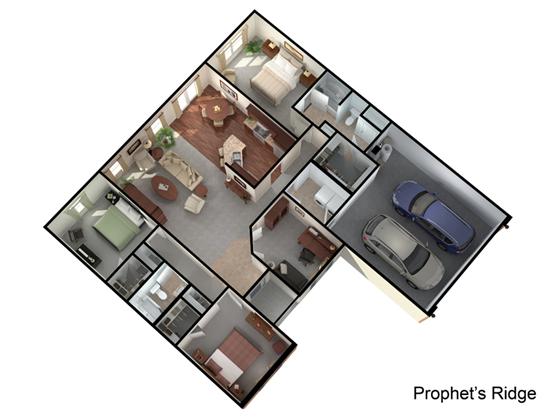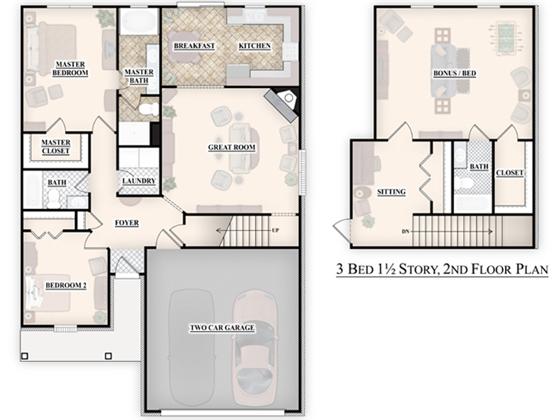Robots. Drones. 3D printing. Self-driving bulldozers. If residential construction is ripe for so-called disruption (and sweeping advancements already made by commercial and industrial builders says it is), then most technologists, forward-thinkers and first adopters agree we’ll need a native, digital, data-based language to help run it all.
That language is BIM, the widely accepted acronym for building information modeling, defined by the National Association of Home Builders as a single repository for two- and three-dimensional building information, drawings and specifications within a simulated environment and used as a shared knowledge platform across a building’s life cycle, from conception to demolition.
Already widely adopted by C&I construction professionals, BIM technologies are steadily becoming mainstream among residential builders, too. According to the latest data available from NAHB, awareness of BIM among homebuilders increased from 57 percent to 68 percent between 2014 and 2016. Among those familiar with BIM, the number of homebuilders using it has also increased, surging from 27 percent in 2014 to 47 percent in 2016.

But residential construction still has a way to go when it comes to embracing the brave new world of fully digitized construction. Across all building sectors, contractor adoption of BIM is at 82 percent, showcasing the lag BIM has experienced in residential construction. Cost is one reason why BIM, easily embraced by multi-billion-dollar commercial GCs, has struggled to clear adoption hurdles in a more localized and tech-skeptical homebuilder industry
A younger generation of more technologically adept business leaders has helped BIM gain a foothold among homebuilders, and the scalability of BIM solutions (like those offered from CG Visions, a Simpson Strong-Tie company) has also shifted the cost vs. value equation in the contractor’s favor. The ability to better manage options, control variance and quickly customize home plans — not to mention visualize plans in a 3D digital environment — is further providing early adopters with tactical competitive advantages.

Which brings us back to the promises of a construction tech renaissance built on contractor fluency with BIM: Yes, BIM is blueprints and 2D manual drafting in a 3D computerized environment, but it can also include any variety of other data and informational overlays. The resulting 7D project management environments can include information on cost, scheduling, sustainability, operations, product warranty, material delivery and installation date, replacement info and more.
While that level of data control helps builders with internal project management efficiency and cost containment, it can also assist with upstream supply chain logistics and downstream warranty management. Some national building material dealers are already exploring the use of BIM to generate more timely and accurate take-off lists as well as build components and wall panels for modular-minded builders. On the consumer end, BIM data can help provide the kind of installation data granularity to ease warranty discord among manufacturer, installer and homeowner.

For now, most builders are still approaching the BIM in a scalable way, learning to talk the talk before going all-in on advanced functionality. According to NAHB’s research, the two most-commonly used aspects of BIM among homebuilders are computer-aided design/drafting and reviewing three-dimensional plans. That pragmatic approach to the technology is likely to serve residential construction well as BIM enables the more future-forward ideas that may or may not work in homebuilding.
Drones and unmanned vehicles and virtual reality and robots have already arrived on the commercial construction jobsite. Homebuilder BIM adoption doesn’t guarantee the same advent on the residential side of the industry, but it does ensure we’ll be better equipped to speak to technology of the future when it arrives, regardless of what we’ll ultimately want to say.






